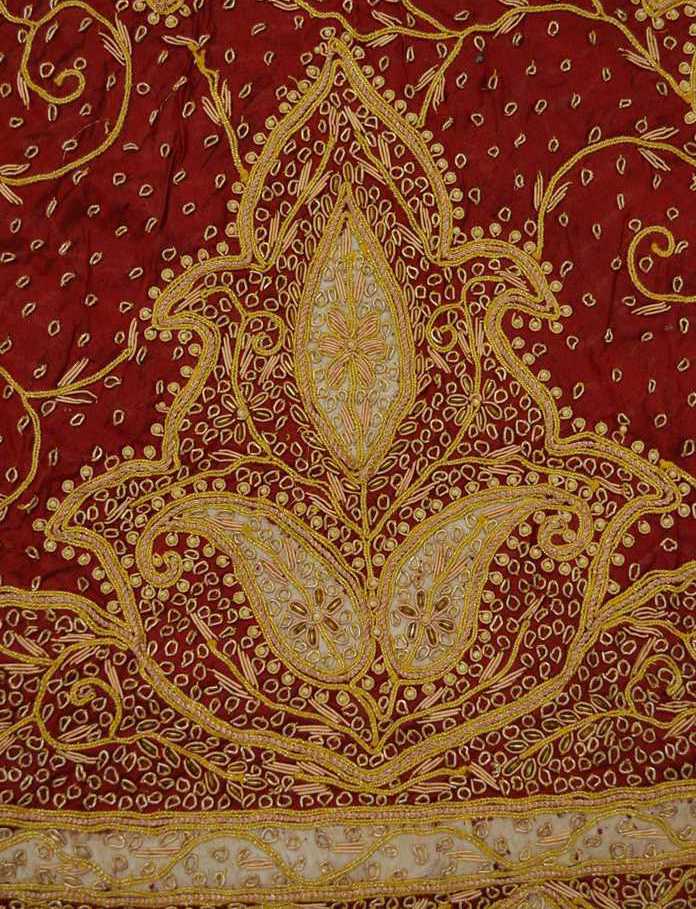===
1328,
4
===

=== |
 |
paidā : 'Born, created, generated, produced; invented, discovered, manifested, manifest, exhibited; procured, acquired, earned, gained'. (Platts p.298)
FWP:
SETS == SUBJECT?
MOTIFS == SUN
NAMES
TERMSThere's also the enjoyably paradoxical idea that someone's or something's becoming invisible through sheer radiance is 'not without beauty'; presumably the beauty is of a metaphysical or imagined kind.
And of course, we have no idea who or what is the subject. It could equally well be the beloved, or God, or the sun itself. Because of the extremely broad range of pādāʾī , we get no hint of the actual process of creation (see the range of possibilities for paidā in the definition above).
Compare Ghalib's version of this theme:
G{115,3}.